 The end of October may feature one of America’s favorite holidays, but it sure isn’t your teeth’s. Yes, it’s Halloween, the nighttime holiday where kids dressed up as their favorite character and hunt the neighborhood for sweet confections. While many parents have echoed the line that candy will rot children’s teeth, there’s no reason to deny children the enjoyment of Halloween candy, but it’s important to supervise them to ensure that their Halloween is enjoyed in a way that keeps their teeth safe. Here are some helpful tips:
The end of October may feature one of America’s favorite holidays, but it sure isn’t your teeth’s. Yes, it’s Halloween, the nighttime holiday where kids dressed up as their favorite character and hunt the neighborhood for sweet confections. While many parents have echoed the line that candy will rot children’s teeth, there’s no reason to deny children the enjoyment of Halloween candy, but it’s important to supervise them to ensure that their Halloween is enjoyed in a way that keeps their teeth safe. Here are some helpful tips:
Moderation. Use Halloween as a way to teach children about moderation – by teaching children to eat a moderate number of treats, you’ll encourage them to practice moderation in their daily lives. Allow your children to choose the candy they want to eat, but set a limit on the number of pieces, and remove the extras so they can’t be eaten when you aren’t looking.
Snack time sweets. Allow children to eat candy during a fixed time period – rather than an all-day feast, they’ll have a fixed window for candy. This allows them to prioritize their candy enjoyment, minimizes the chances that they’ll consume far too much, and by following treats with brushing, helps prevent cavities.
Hygiene fun. Focus on fun, but effective, dental hygiene. Children often need stimulation beyond simple health to brush regularly and sufficiently, so swap toothbrushes every few months with new, fun characters/colors, and give your children the opportunity to pick their own fluoride toothpaste.
If you have questions about how Halloween impacts your children’s dental health, contact your dentist or ask at your child’s next dental appointment. Help them help your smile.
Visit Great Lakes Family Dental today and schedule an appointment to find out what kind of treatment your teeth needs to be healthier and to look better. Call 317-841-1111 or www.smilesbygeorge.com.
Great Lakes Family Dental proudly serves Indianapolis and all surrounding areas.

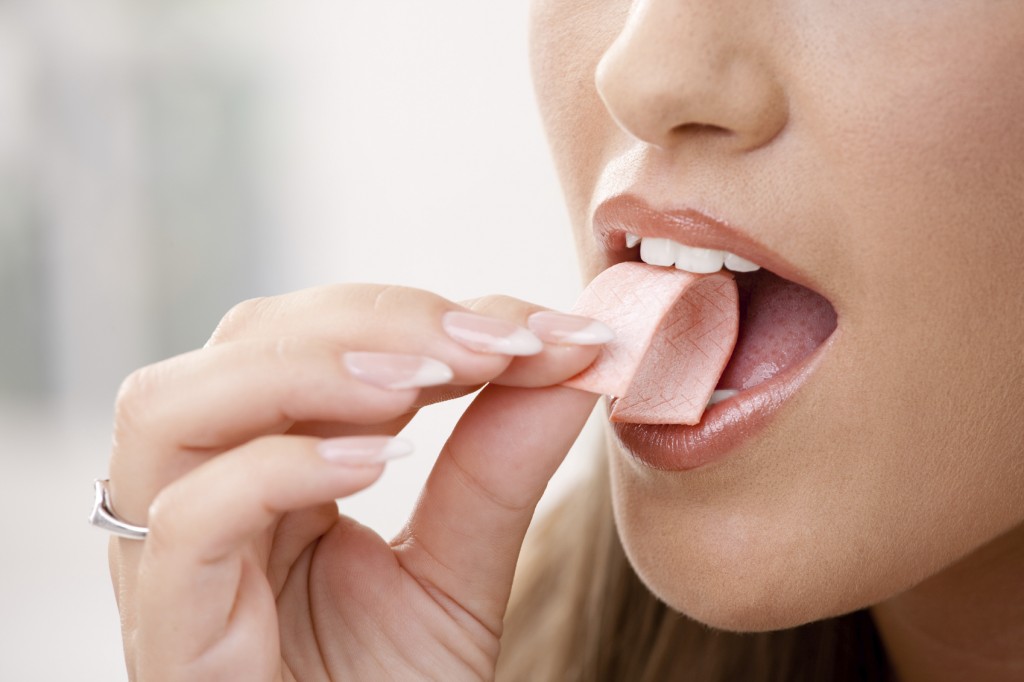 Okay so, maybe that isn’t exactly true. But it is safe to say, millions of Americans chew gum. Some use it for the fresh breath, some us it to curb food cravings, some just like to chew gum for the bubbles, but chewing gum is really good for your teeth. But all chewing gum isn’t the same.
Okay so, maybe that isn’t exactly true. But it is safe to say, millions of Americans chew gum. Some use it for the fresh breath, some us it to curb food cravings, some just like to chew gum for the bubbles, but chewing gum is really good for your teeth. But all chewing gum isn’t the same.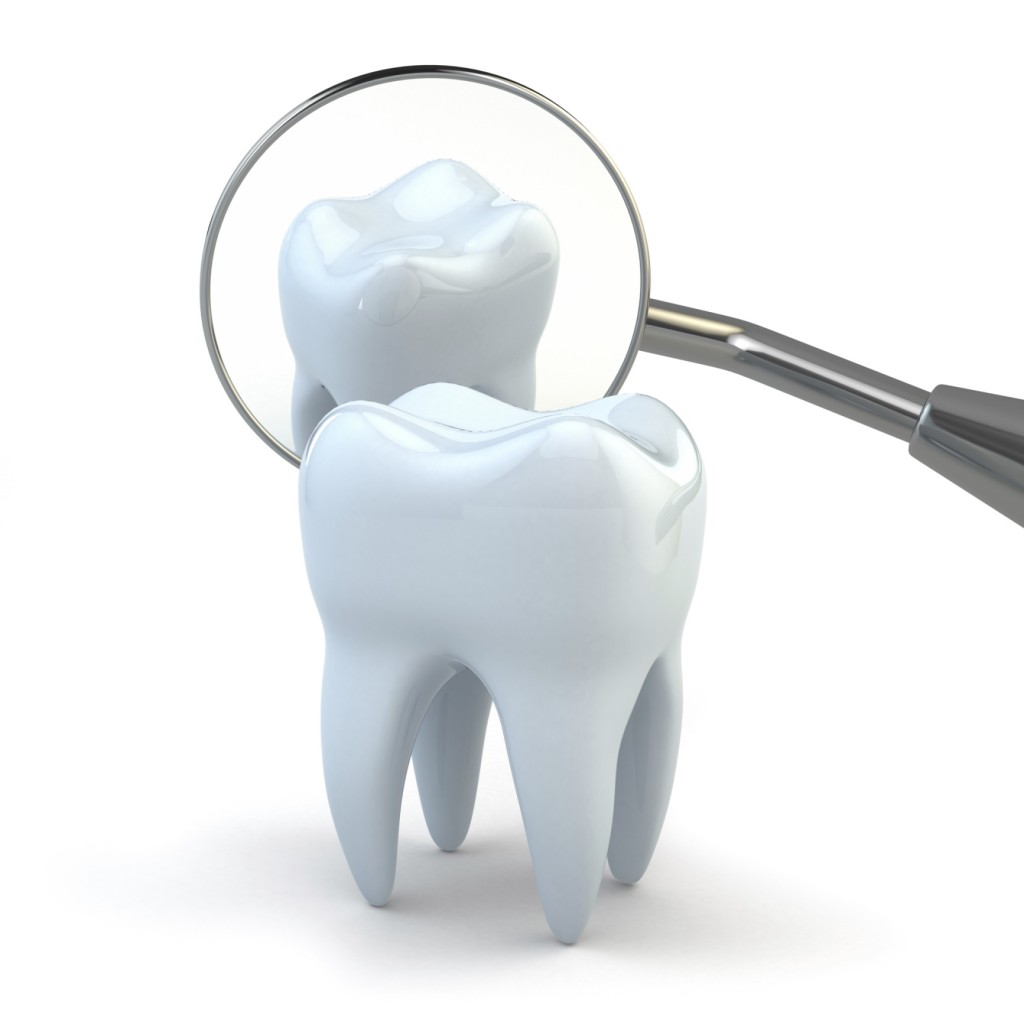 We use them to eat,
We use them to eat, 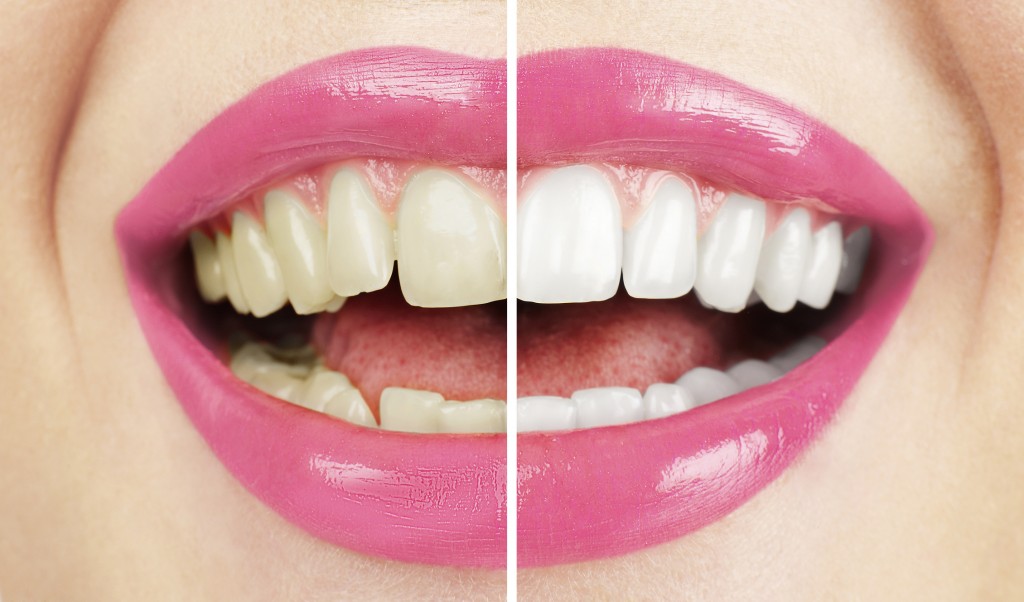 Getting
Getting  While some think this is a rare cancer, mouth cancers will be newly diagnosed in about 115 new individuals each day in the US alone, and a person dies from oral cancer every hour of every day. April is Oral Cancer Awareness Month.
While some think this is a rare cancer, mouth cancers will be newly diagnosed in about 115 new individuals each day in the US alone, and a person dies from oral cancer every hour of every day. April is Oral Cancer Awareness Month.  As seen on
As seen on  Sealants, also known as dental sealants, are made out of a plastic material that’s placed on the molars and premolars for added protection against tooth decay.
Sealants, also known as dental sealants, are made out of a plastic material that’s placed on the molars and premolars for added protection against tooth decay.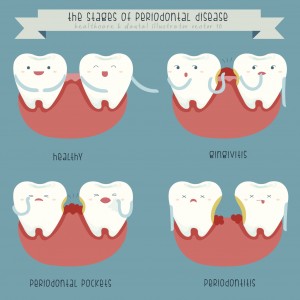 Gum disease is an inflammation of the gums and is caused primarily by the bacteria found in plaque. If you didn’t already know, plaque is a colorless film that constantly forms on your teeth. The more often you brush your teeth, the less time that plaque has to build-up on your teeth and the lower your risk is for gum disease. If, however, you let plaque buildup by not brushing and flossing every day, the bacteria can end up infecting your gums, teeth and eventually, the tissue and bone that support your teeth. The result? A severely infected tooth that has to be removed by a dentist, or in worse cases of infection, the tooth may fall off on its own.
Gum disease is an inflammation of the gums and is caused primarily by the bacteria found in plaque. If you didn’t already know, plaque is a colorless film that constantly forms on your teeth. The more often you brush your teeth, the less time that plaque has to build-up on your teeth and the lower your risk is for gum disease. If, however, you let plaque buildup by not brushing and flossing every day, the bacteria can end up infecting your gums, teeth and eventually, the tissue and bone that support your teeth. The result? A severely infected tooth that has to be removed by a dentist, or in worse cases of infection, the tooth may fall off on its own. Getting teeth whitened in the dentist’s office is one way to improve your confidence and make you want to smile a lot more. However, getting treatment is just a start. It’s still important that you continue to look for ways to maintain your smile, or if possible, make it whiter and brighter.
Getting teeth whitened in the dentist’s office is one way to improve your confidence and make you want to smile a lot more. However, getting treatment is just a start. It’s still important that you continue to look for ways to maintain your smile, or if possible, make it whiter and brighter.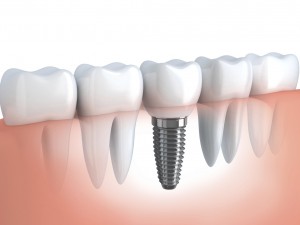 As far as missing teeth go, you have three dental options to choose from, namely dental implants, bridges and dentures. Each one of the three has its own set of distinct advantages and disadvantages. However, of all three options, dental implants are considered as a much better option.
As far as missing teeth go, you have three dental options to choose from, namely dental implants, bridges and dentures. Each one of the three has its own set of distinct advantages and disadvantages. However, of all three options, dental implants are considered as a much better option.